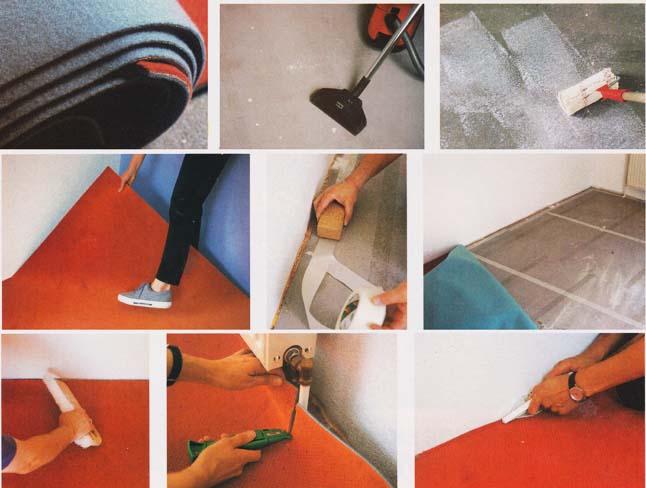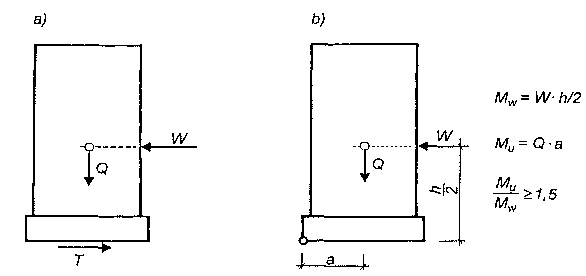 Jakie polecacie uszczelki do uszczelniania drzwi i okien?
Jakie polecacie uszczelki do uszczelniania drzwi i okien?
Zimą nie muszą nas gnębić lodowate przeciągi, a nie dopasowane czy spaczone drzwi i okna nie muszą być złem koniecznym. Jest bardzo duży wybór uszczelek i na pewno znajdzie się taki typ, który nada się do okien i drzwi w naszym mieszkaniu.
Ponosząc niewielkie koszty, można w znacznym stopniu zwiększyć komfort mieszkania i ograniczyć wydatki na ogrzewanie. Istnieją dwa podstawowe rodzaje uszczelnienia.
Uszczelnienie elastyczne
Polega ono na wciśnięciu gumowej taśmy w szczeliny pomiędzy ramy okienne lub drzwiowe a ich framugi. Uszczelki mają samoprzylepny grzbiet, osłonięty papierowym paskiem, i sprzedawane w rolkach po 5-10 m długości. Przylepia się je do starannie oczyszczonych i osuszonych powierzchni.
1) Gruba taśma uszczelniająca. Uniemożliwia dostanie się do mieszkania wilgoci i kurzu. Stosowana jest do uszczelniania drzwi i okien np. w szklarniach i samochodach Można jej też używać jako uszczelnienia zastępczego w lodówkach. Uszczelnia szczeliny do 5 mm szerokości.
2) Pianka uszczelniająca o błyszczącej, zmywalnej powierzchni. Nadaje się do uszczelniania szczelin 1,5-5 mm.
3) Gumowa wodoodporna uszczelka o przekroju w kształcie litery P. Służy do wypełniania szczelin 3-5 mm.
4) Gumowa wodoodporna uszczelka o przekroju w kształcie litery E, przeznaczona do wypełniania wąskich szczelin 1-2 mm.
5) Miękka uszczelka nylonowa do zabezpieczania 2-5 mm szczelin. Można ją stosować do okien przesuwnych pionowo, mocując do górnej krawędzi górnego okna, dolnej krawędzi dolnego okna oraz od wewnątrz do ramy środkowej.
6) Cienka uszczelka z tworzywa sztucznego do szczelin 1-4 mm. Przezroczysta, elastyczna taśma, którą zakłada się złożoną, a ona, rozszerzając się, wypełnia szczeliny.
7) Elastyczna gumowa uszczelka, jej rurkowata część odstaje od krawędzi framugi i przy zamykaniu drzwi lub okna zostaje ściśnięta. Uszczelnienie to jest widoczne. Uszczelka jest stosowana do szczelin 1,5-5 mm.
8) Rurkowata wodoodporna taśma uszczelniająca wielokrotnego użytku, do sezonowego uszczelnienia drzwi okien. Wciska się ją w szczeliny jesienią, a usuwa latem.
Uszczelnienie szczotkowe i zabezpieczenie progów
Do uszczelnienia okien przesuwnych i dolnej krawędzi drzwi stosuje się nylonowe uszczelki szczotkowe. Drzwi i okna gładko przesuwają się po włosiu takiej uszczelki, a mimo to szczotka przylega ściśle do ramy czy framugi.Przy uszczelnianiu drzwi uszczelka szczotkowa jest przymocowana do framugi, tak że szczotka jest lekko dociśnięta do powierzchni drzwi. Przy uszczelnianiu okien przesuwnych pionowo mocuje się ją do boków framugi przy górnym oknie z zewnątrz, przy dolnym od środka, aby szczotki przylegały do przesuwających się okien górną i dolną część framugi oraz ramę środkową zabezpiecza się uszczelką nylonową.
Wykonane z tworzywa sztucznego uszczelnienie dolnej krawędzi drzwi można stosować niezależnie od rodzaju wykładziny podłogowej. Uszczelnienie szczotkowe drzwi jest przydatne, zwłaszcza jeśli próg jest zużyty, a jego krawędź nieregularna.Uszczelnienie zewnętrzne progu likwiduje przeciągi i uniemożliwia przenikanie kurzu. Winylowe uszczelki przylegają do progu, podczas gdy górny łuk z winylu przylega do drzwi.
Uszczelnienie okna
Nie używane okna można pokryć w całości, wraz z framugą, folią plastikową, uzyskując izolację cieplną bez wstawiania drugiej szyby. Dwustronna taśma klejąca łączy folię z ramą okienną.
Dobra Rada
pytanie
Skąd wiadomo czy elastyczne uszczelki zostały zamocowane prawidłowo?
Należy je umieścić na właściwej części framugi lub ramy, tak by zamykające się| okno lub drzwi odpowiednio je ściskały. Po stronie zawiasów uszczelki zakłada się we wrębie ramy, tak aby krawędź drzwi lub okna dociskała je przy zamykaniu Na pozostałych stronach trzeba je przymocować, do framugi, tak aby dociskała je wewnętrzna powierzchnia drzwi lub okna. Należy pamiętać że do różnych rozmiarów szczelin pasują inne uszczelki.








